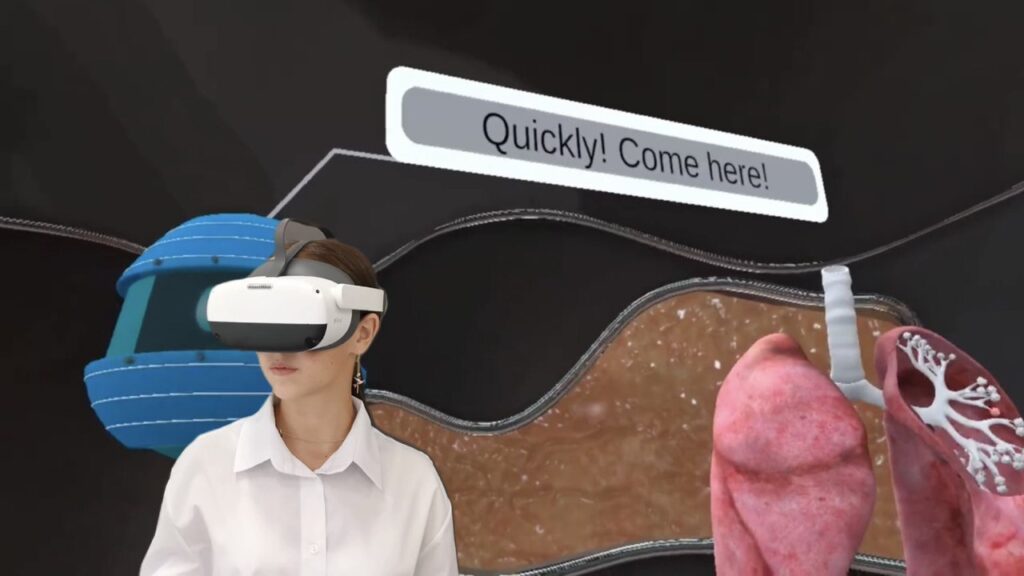Inclusive education isn’t just about placing students with different needs in the same classroom. It’s about giving each learner the right resources, personalized support, and creative freedom to thrive – regardless of any challenges they face. By blending empathetic teaching methods with modern tools, teachers can build classrooms where everyone feels valued, engaged, and successful.
Why Inclusivity Matters

Education is supposed to be the great equalizer, yet many students still struggle because of physical, cognitive, or emotional barriers. When we focus on inclusion, we commit to making sure every learner has the opportunity to shine. This mindset not only boosts academic performance but also nurtures a culture of empathy and belonging.
Looking Beyond Traditional Approaches
In many schools, even well-intended strategies fall short if they don’t address each student’s unique circumstances. Without flexible methods, some learners remain on the sidelines, unable to fully participate. Inclusive education flips the script by centering on adaptability, whether that means using technology to support a child with mobility issues or modifying lesson pacing for someone who needs extra time.
Bringing Play and Adaptation Together
For students who require alternative teaching styles, old-school lectures and pen-and-paper tasks often don’t cut it. That’s where a bit of fun and creativity can work wonders. Teachers can blend imaginative techniques – like role playing, group challenges, or hands-on experiments – to ignite curiosity and keep energy levels high.
Movement and Role-Play
- Physical Movement: Group tasks or mini-competitions can spark interest, letting kids express themselves freely and shake off stress.
- Role-Playing: Younger learners often love to pretend they’re explorers, veterinarians, or scientists, which helps them build confidence as they “learn by doing.”
Tapping into Tech for Accessibility

Today’s educational technologies create spaces that allow all students to engage on equal terms. With a digital classroom, for instance, we can transcend standard textbooks and rigid diagrams.
The Power of Immersive Tools
- Adaptive Software: Adjust difficulty levels, pacing, and sensory stimuli to fit every child’s needs.
- Assistive Devices: Tools like tablets or interactive boards help students who have limited mobility or require more visual stimulation.
The Role of VR in Schools
One particularly exciting approach is the use of immersive technology – especially for older students who might need something beyond playful role-play. Properly designed virtual experiences can support both academic learning and social-emotional development.
- Breaking Physical Barriers: A student who uses a wheelchair might still perform science activities in a simulated lab environment.
- Customized Engagement: Learners with attention difficulties might benefit from technology that focuses their attention through interactive scenes.
How XReady Lab Fits In
At XReady Lab, we specialize in crafting flexible modules that teachers can adapt for different learners. Imagine a high-school student who wants to explore advanced subjects in a more dynamic format or a middle-school class eager for collaborative projects. We provide immersive, hands-on experiences that level the playing field for everyone involved.

Though we’re not special-education experts, we’ve seen how adaptability in digital platforms can make a real difference. Our focus is on fun, inclusive content that encourages every student to get involved, regardless of physical or learning challenges.
Collaboration for True Inclusion
Embracing inclusivity is a team effort:
- Schools must invest in teacher training and modern technology.
- Parents can provide at-home support, reinforcing new skills and encouraging confidence.
- Communities can celebrate and uplift stories of student success, raising awareness about the importance of universal access to quality education.
Overcoming Fears and Myths
Some fear that high-tech solutions might isolate students or be too complicated. However, practical evidence shows that thoughtful use of interactive platforms can significantly boost motivation and reduce dropout rates. Plus, the excitement of exploring new tools often brings learners together, creating supportive interactions rather than isolating anyone.
A Vision for Tomorrow
Inclusive education opens doors for all students, ensuring that no one is left behind. It replaces frustration with hope, stagnation with growth, and limitation with potential. The future points to a blended model – part human empathy, part innovative technology – creating a fluid, responsive learning environment.
Teachers become facilitators who guide exploration, while students build confidence through immersive and interactive classroom experiences. Real progress emerges when we merge compassion, well-crafted materials, and adaptive tools so every student can succeed.
Conclusion
By championing an inclusive mindset, schools give every learner the opportunity to thrive – regardless of physical, cognitive, or emotional barriers. This approach fosters a sense of community, empathy, and trust among students and teachers alike.
At XReady Lab, we recognize that forward-thinking methods can profoundly transform school culture. With creative solutions, well-equipped educators, and the willingness to adapt, we can usher in a future where every child feels empowered to learn and grow, side by side with their peers.





